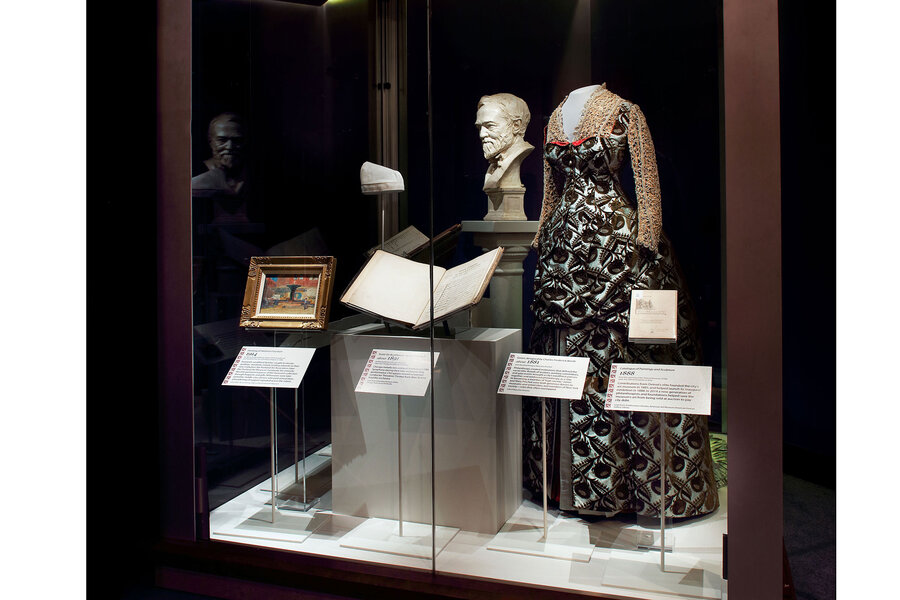Smithsonian honors the power of giving in American society
Loading...
The newest Smithsonian initiative highlights the accomplishments of everyday Americans, not in art or science or even at war, but in helping others.
In doing so, the National Museum of American History places volunteer work alongside the nation's achievements in science and sacrifices on the world stage and says that a spirit of giving is part of the American character. Fittingly enough, the initiative, which begins on Giving Tuesday, is funded by gifts from the Bill and Melinda Gates Foundation and from philanthropist David M. Rubenstein.
"Our goal is to help them understand what it means to be American, who we are as a people, and try to characterize what makes us distinctive," said Associate Director for Curatorial Affairs David Allison, according to the Associated Press.
The idea of giving kept coming up during research for a business exhibit in the museum's new innovation wing, Mr. Allison told the Associated Press. They did not have space then to include the philanthropy element, so they created a separate initiative for it.
The Smithsonian itself has philanthropic origins. The museum's namesake, James Smithson, was a British scientist who left a large fortune – half a million dollars in 1838 – to the US government with a charge to create "an establishment for the increase and diffusion of knowledge," according to the Smithsonian Institution website. Mr. Smithson never visited the United States, but his original gift has been repeated many times over as others have contributed to the world's largest complex for museums and research.
"The Smithsonian only exists because of philanthropy," Allison told the AP. "That's something that we as an institution should pay more attention to."
The exhibit is set to show how giving both persists and changes throughout American history. From coin collections in churches and the volunteer militias that predated the Continental Army to charity runs and crowdfunding, the idea of giving has remained a unifying thread of US history.
Crowdfunding has grown rapidly as a method for philanthropy, enabling ordinary individuals to help major causes, as correspondent Stephanie Hanes detailed in a Monitor cover story last month. Although most crowdfunding causes are for-profit, $3.06 billion went to charitable causes via crowdfunding in 2014, a small but growing chunk of America's $350 billion budget for charitable giving annually.
"Crowdfunding is a kind of democratization of giving," Jacob Harold, president and chief executive officer of GuideStar, an information clearinghouse for the nonprofit sector, told The Monitor.
The Smithsonian's "Giving in America" initiative that opened on Giving Tuesday is collecting examples of this 21st-century giving and volunteer work from past and present. The museum's long-term exhibit on philanthropy opens November 2016.
This report contains material from the Associated Press.








